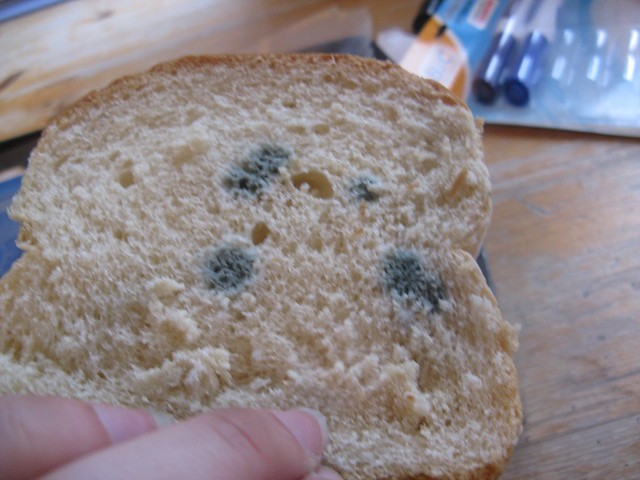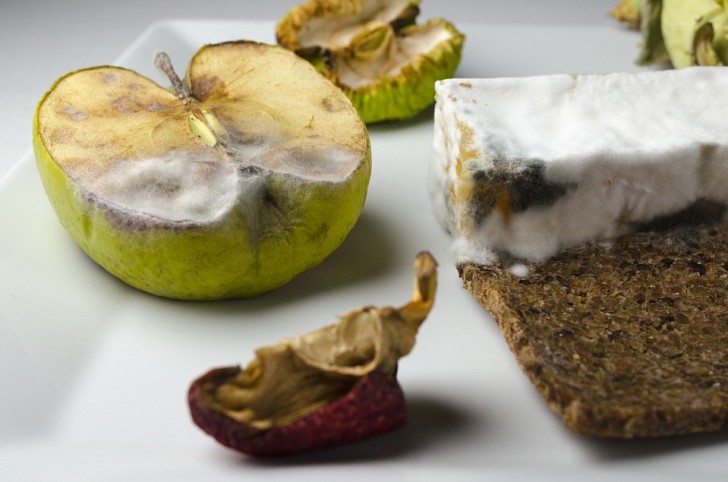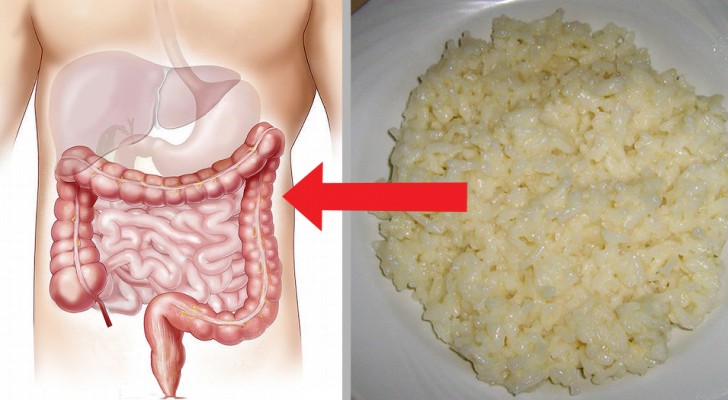Eating the "good" part of moldy bread is not a healthy habit, according to experts

Shopping for food or groceries daily is a habit that is becoming less and less widespread, and to blame is a more frenetic pace of life and less free time available.
So, it happens that most people go to the supermarket only on the weekends and stock up on what they need for an entire week and beyond, if possible.
Canned goods, preserved, dried, or frozen foods have a long duration, but it can still happen that other foods that are not of such long duration can go bad rather quickly.
via insider.com

A very common case is that of bread, which tends to get too hard, or in extreme cases even to grow mold. In this circumstance, in order not to waste it, usually the practice is to cut off the moldy part and to consume the "good part”. But, just how safe is this practice for one's health?
The experts in this regard have no doubt, it is always advisable never to eat a moldy piece of bread, even when the mold is present only on a small portion of its surface.
There is a reason that is more than valid to apply this rule, specifically, because molds are a type of mushroom. Therefore, in the same way as the mushrooms that one collects in the woods, bread mold also has roots called “hyphae” that penetrate the bread and extend much more in depth than what is visible on the outside.
Consequently, even while eliminating the part that is clearly ruined, the entire piece of bread can still be contaminated by the hyphae (mold roots).

Of course, consuming what looks aesthetically clean and not contaminated may not have any harmful effects, but in some cases, it can be extremely harmful, this depends on the type of mold that has contaminated the food.
Penicillin, for example, is beneficial for man but there are others such as Rhizophus Hydrophobin, or the black mold on bread, which can be very toxic.
Another precaution to be applied to all foods, both those stored in the refrigerator, or outside, is to keep them stored in special containers, or plastic food bags, to prevent contaminating other food from the volatile (airborne) spores released by the molds. Sliced sandwich bread is a shining example.
In fact, despite being composed of separate slices, even if only one is found to be moldy, it is necessary to consider the entire package as having gone bad. It is, in fact, very easy for the mold spores to have spread throughout the whole environment inside of the bag, and therefore to have contaminated all of the slices of bread.
This invaluable advice puts us permanently on guard about the various types of molds that often attack our foods. Therefore ... be very careful!





